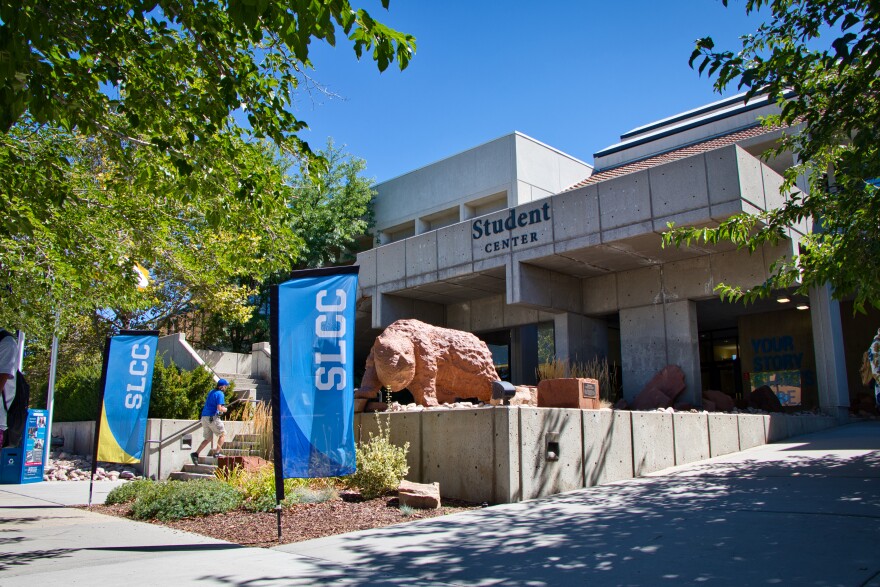Utah colleges have fared pretty well relative to others around the country during the pandemic. While many schools saw significant drops in enrollment, schools in the state mostly held steady, showing only slight decreases.
Some even saw an increase in students attending compared to last year. Southern Utah University saw the biggest jump, with 12% more students enrolling in the fall compared to the previous year.
But one area that’s of particular concern is Salt Lake County. Similar to the rest of the country, college attendance has been falling there since 2010, even as the student-age population grows.
“As the county grows, as it diversifies in racial and ethnic diversity, in income diversity, we are seeing fewer students opting for college,” said Salt Lake Community College president Deneece Huftalin in a January briefing to state lawmakers. “This doesn't mean they're going out of state or they’re going somewhere else, this means they’re not going to college at all.”

Growing Enrollment Gap
Decreasing college enrollment is a particular concern for SLCC. The school saw the biggest drop this year out of any public college or university in the state, losing nearly 8% of its students. It’s especially alarming, Huftalin said, as students there in some ways stand the most to gain.
SLCC serves a more diverse population than the state’s four-year colleges and universities, she said. More than half of its students are the first in their families to attend college and 75% attend school part-time while also working or fulfilling other duties. Almost one-third of SLCC’s population are also students of color, compared to 18% on average across the state’s other public colleges.
Jeff Aird, vice president of institutional effectiveness at SLCC, said those students tend to face the biggest barriers in going to college, from the cost of attending to difficulties of being the first in their family to navigate the experience. Where students used to use their time in college to explore their interests and figure out what they want to do, more students today don’t have that luxury.
He said many feel they need to have they’re college plans all figured out before they attend, so they don’t waste time — and money — taking classes they won’t need.
“These students tell us that they're just really struggling with all the decisions and all the planning and all the process over multiple years,” Aird said. “Then you put that on top of the finances and it becomes a space where it's just overwhelming.”
The Role of Community Colleges and Technical Schools
David Woolstenhulme, commissioner of the Utah System of Higher Education, said it’s a major concern for the state. While college enrollment overall has been increasing over the last decade, almost half of high school graduates still do not attend college within three years after graduating.
He said the traditional higher education experience — attending a four-year school — is not only becoming less attainable, it’s also not what every students needs. One of the keys to getting more students enrolled is helping them understand all the options available to them.
“I think we for way too long put out the message, unless you have a four-year degree or more, you're not being successful,” Woolstenhulme said. “That's a real pivotal point for us right now, is to help students understand the value [community colleges and technical schools] can provide as far as skill sets to individuals that may not want a four-year degree.”


